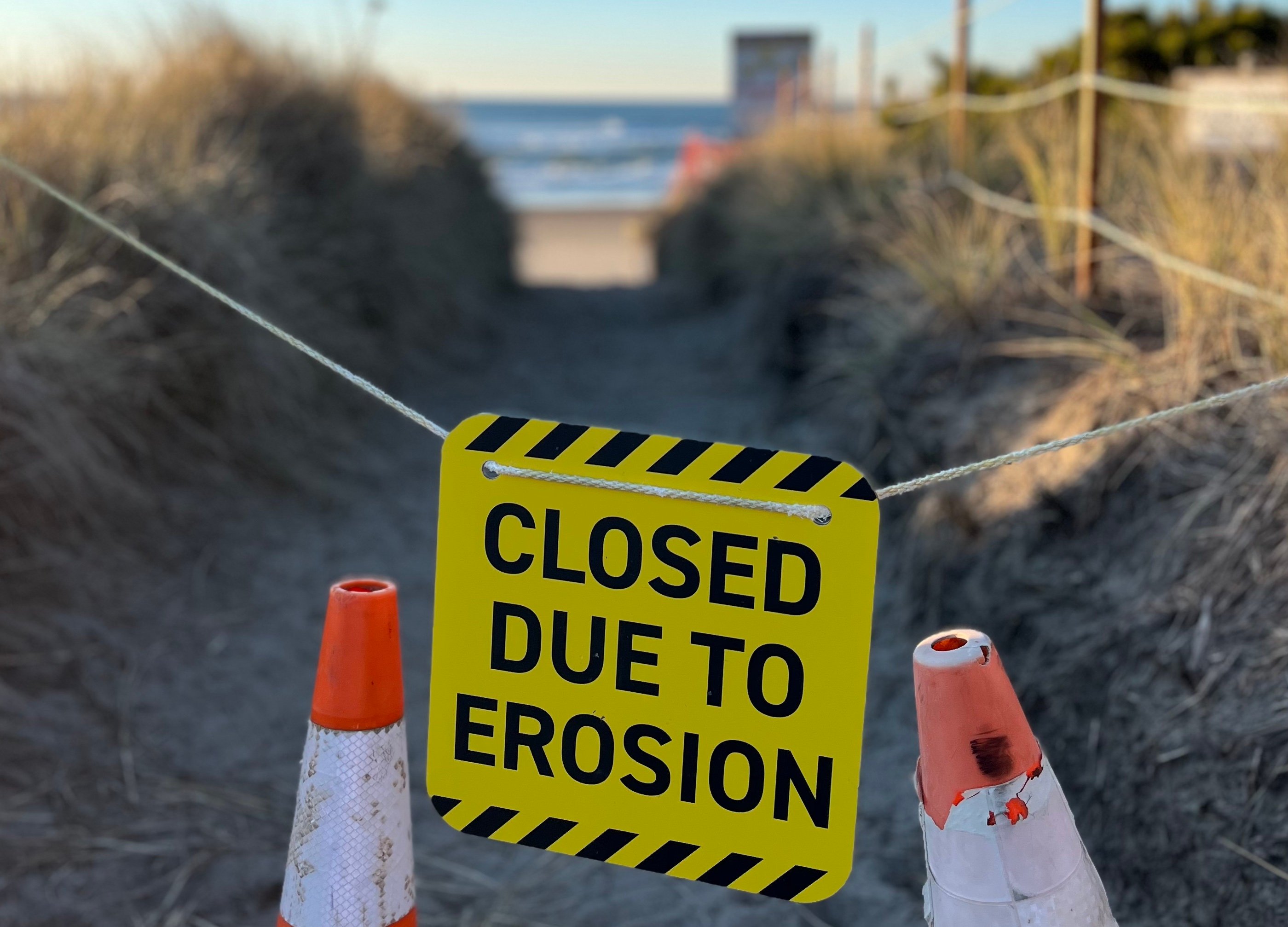
07 • 24 • 2025
Nature First for Oregon's Beaches
Victory! Oregon Governor signs two bills to better protect public beaches and advance nature-based solutions
Climate change, coastal hazards and traditional responses to erosion such as rock armoring and seawalls are shrinking Oregon's beaches and demanding an evolved approach to management. The recently signed bills and new laws further affirm Oregon's intention to better protect public beaches and further instruct land use agencies to inform nature-based solutions for coastal erosion and evolve the state's shoreline permitting process. Such measures may help slow erosion, provide better coastal resilience while continuing to support public recreation on and access to Oregon's beaches.
Surfrider Foundation tracked and engaged in both pieces of legislation (HB 2925 & SB 504) during the 2025 Oregon legislative session - offering testimony from our coastal chapters during legislative public hearings and working directly with the bill's sponsors and state agencies throughout the session on bill language. Both bills were opportunities for our chapters to advance our Oregon Beaches Forever campaign, where improving shoreline management and better directing nature-based solutions are key strategies. Thus these bills' collective efforts during the legislative session became known as our Nature First for Oregon's Beaches Campaign.
Dive into the details on each bill, Surfrider's role and why these are critical steps in keeping Oregon's public beaches accessible and enjoyable for future generations on our Oregon regional release here.
